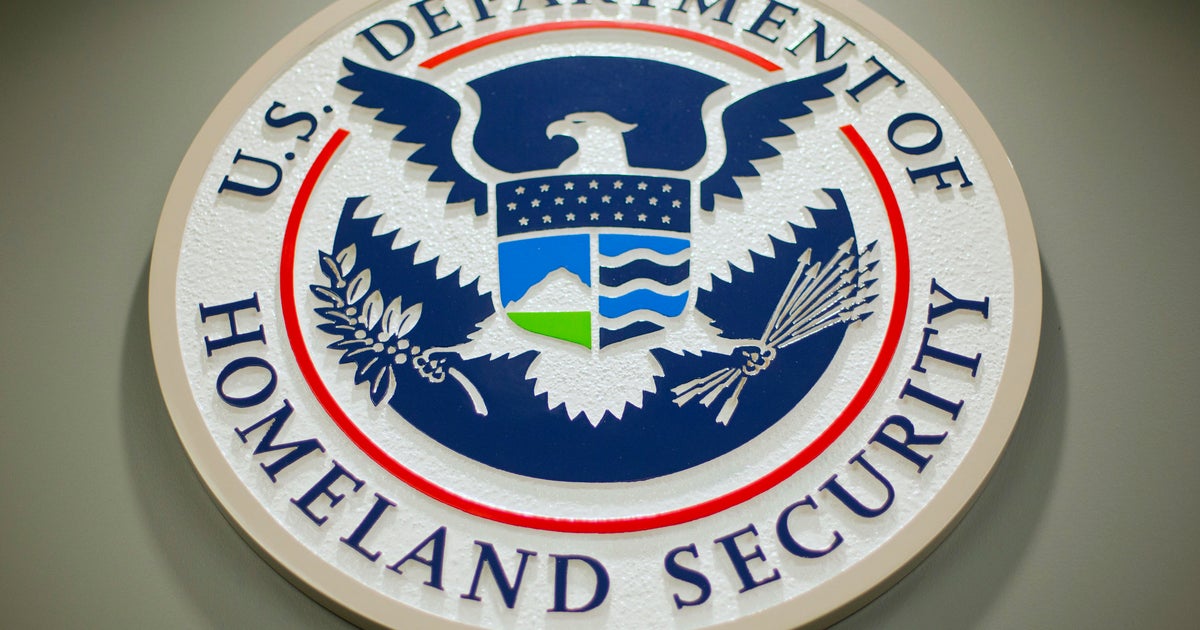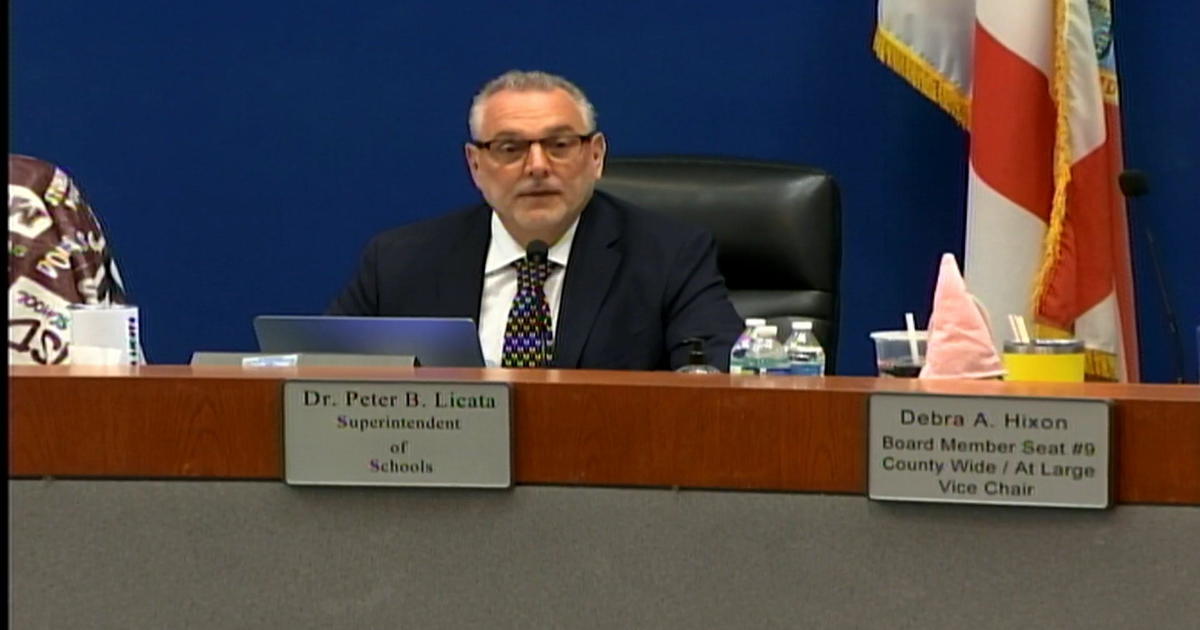Papal Visit To Cuba Comes At Time Of Historic Change Years In The Making
Follow CBSMIAMI.COM: Facebook | Twitter
HAVANA (CBSMiami) – Pope Francis is kicking off his historic trip to Cuba and the United States on Saturday and CBS4 News is there.
One day ahead of his arrival, there's already a sense of excitement on the island.
Pope Francis is very popular in the U.S. and in Cuba as well. Most small countries are happy if they get one Papal visit, Cuba is about to get its third. John Paul the Second came here in 1998 and Benedict the 16th visited in 2012. Pope Francis is the third straight leader of the Catholic Church to visit Cuba, which happens to coincide during a time of historic change.
While Francis is getting credit for helping to bring the U.S. and Cuba back to the bargaining table, it's work that the Vatican began decades ago.
After the revolution in 1961, Cuba was basically a country without religion. For three decades it was an atheist state. Fidel Castro closed Catholic schools and jailed or expelled priests and nuns. For many years those who openly declared their Catholicism were excluded from the Communist party and risked losing their jobs or educational opportunities. This caused many to deny their faith. Although approximately 60 percent of Cubans are Catholic, only an estimated 5 percent attend church regularly.
By 1992, Cuba's economic problems led to a renewed interest in spiritual help and religious charity. That's when Castro declared Cuba a secular state, allowing religion back into public life. Castro invited John Paul the Second to come to Cuba. It took 6 years for him to accept but in January of 1998, his visit changed everything.
When John Paul the Second went to the island 18 years ago, after so many years of repression, and the church being marginalized, in preparing for that visit the church had to explain to a lot of people what a pope was," explained Archbishop Thomas Wenski.
During his 1998 visit, John Paul the Second demanded access to the island's Catholics and freedom to travel and speak freely and he got it. His visit was in fact, ground breaking. It restarted a relationship between Cuba and the Vatican. It also opened the door for the Catholic Church to attract Cubans who had been shut off from organized religion.
"John Paul the Second brought down the iron curtain, so anyone who thought he could be manipulated by the communists, their fears were misplaced," said Wenski.
Pope Benedict visited Cuba in March 2012. It was during that trip that Pope Benedict stated his opposition to the US trade embargo, He'd also been critical of the Cuban government and talked about the need for change.
Continuing the work of John Paul and Benedict, Pope Francis heads to Cuba after playing a prominent role in the reconciliation between the U.S. and Cuba.
Pope Francis played the role of the middle man for secret conversations between Cuban officials and the Obama administration. Last December, those talks lead to President Obama announcing two cold war enemies would re-establish diplomatic relations for the first time in more than 50 years.
20 years of Papal visits reminds the Cuban people of their historic ties to Catholicism, with John Paul the Second beginning the process, Benedict the 16th pushing for change and Francis literally bringing the island closer to the U.S. and the world.
"The Cuban people will receive him with great joy because that rapproachement has brought renewed hope on the island for the people," said Wenski.
There are no plans for Francis to meet with any specific pro-democracy groups but Archbishop Wenski said the Holy Father's message will bring comfort and light to all of Cuba whether they are Catholic or not.



